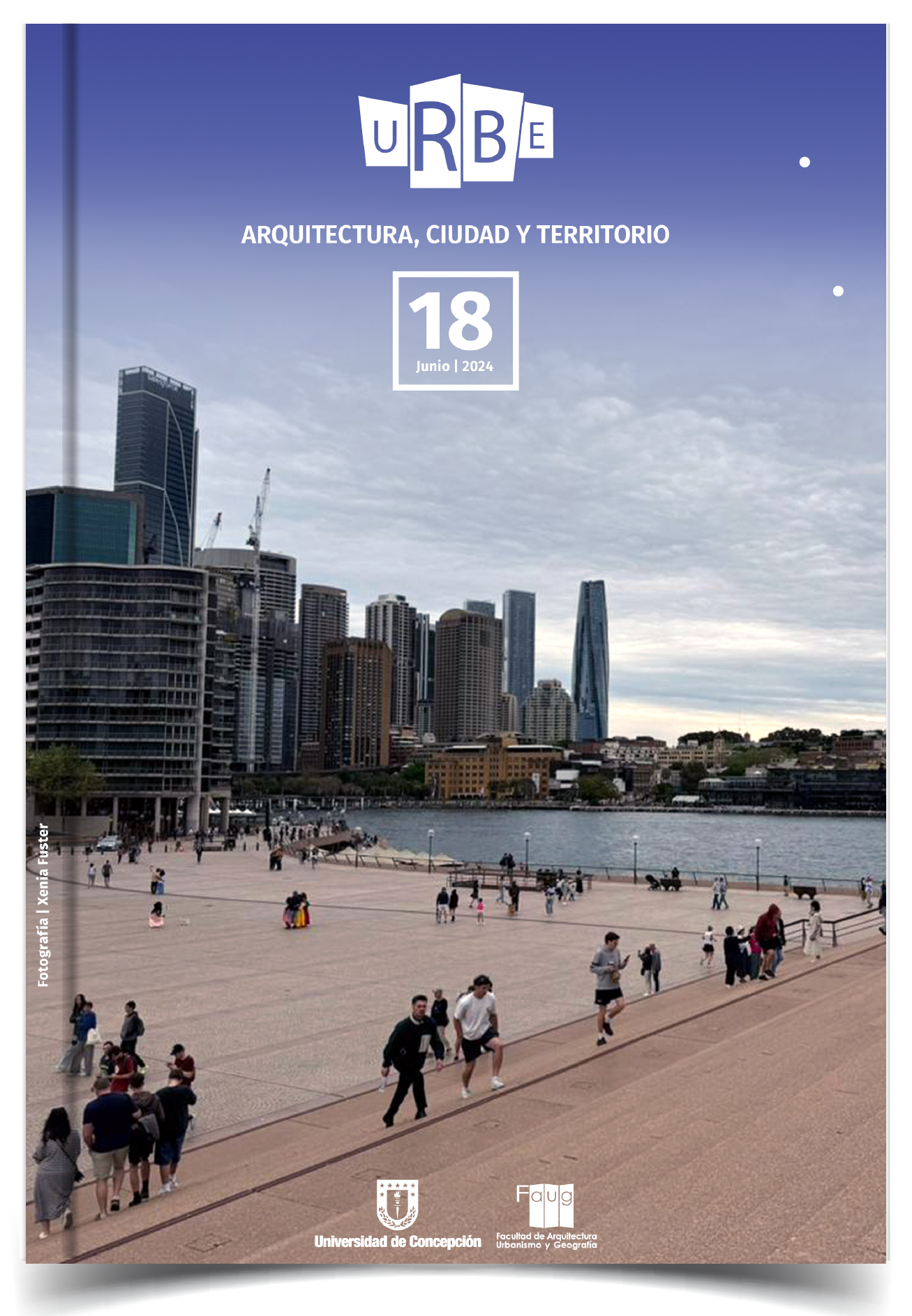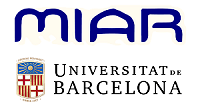Recovery of the Bio Bío Riverfront An Urban Aspiration Pending for Greater Concepción
DOI:
https://doi.org/10.29393/UR18-1RBML20001Keywords:
Public space, Riverfront, Urban regeneration, River park designAbstract
The present research will cover the urban design of the Costanera Park in Concepción, carried out in the "North Bank Urban Regeneration Project" in the city of Concepción, Chile, with the aim of determining which elements of urban design are associated or related to its condition as a riverfront. This is to understand how this residual space, which the city turned its back on, has been transformed to adapt its design to its geographical and natural condition of being located next to the Bio Bio River. The goal is to identify the reasons behind the failure of this emblematic urban regeneration project, which was initially proposed as a new place to connect with the Bio Bio River and is now in a severe state of deterioration.
Downloads
References
Bardales Aliaga F. (2016). Diseño de bordes fluviales urbanos como recorridos peatonales para el tránsito y la recreación: Malecón Checa en San Juan de Lurigancho. Investiga Territorios, (4), 89-105. Recuperado a partir de https://revistas.pucp.edu.pe/index.php/investigaterritorios/article/view/21454
Borja, J. (1998). Ciudadanía y espacio público. Ambiente y Desarrollo. XIV-3, 13 - 22. https://www.cccb.org/rcs_gene/ciudadania_espacio_publico_cast.pdf
Bustos-Peñafiel, M. A. (2020). Trajectory, evolution and configuration of urban regeneration in Chile: From hygenism to territorial equity. Revista 180, 46, 75–90. https://doi.org/10.32995/rev180.Num-46.(2020).art-788
Cantó, M. (2020). Navegando el río Paraná en Rosario. Argentear. https://argentear.com/rio-parana-en-rosario/
Cirera, K. A., Lehner, D., Scheel, A. Z., & Sanhueza, P. M. (2019). A methodology to evaluate public use and the perception of riverbanks: Valdivia as a case study. Revista Urbano, 22(40), 28–45. https://doi.org/10.22320/07183607.2019.22.40.02
Galimberti, C. (2021). Urban design in river front transformations as an enabler of new urban “imaginability”: The case of the central river front of Rosario (Argentina). Kepes, 18(24), 47–78. https://doi.org/10.17151/kepes.2021.18.24.3
Gramsch, J. P. (1999). Proyecto Ribera Norte del Río Bío Bío [Entrevista]. Revista Urbano, 2(2), 4-9. http://revistas.ubiobio.cl/index.php/RU/issue/view/104
Lynch, K. (1998). La imagen de la ciudad. Editorial Gustavo Gili, SL, Barcelona, 1984, 1998
Mesa-Pedrazas, Á., & Duque-Calvache, R. (2021). Reflexiones sobre la definición del espacio público: una propuesta de síntesis. Collectivus, Revista de Ciencias Sociales, 8(2). https://doi.org/10.15648/collectivus.vol8num2.2021.3121
Muñoz Rebolledo, Mª D, Pérez L. (2014). Bordes de agua en el área metropolitana de Concepción: su importancia como espacios públicos y elementos estructurantes de las ciudades. En: "Metropolizaciones Colombia-Chile: experiencias de Bogotá, Medellín, Santiago y Concepción". Universidad Nacional de Colombia, pp. 141-151.
Salinas Varela, E., & Baeriswyl Rada, S. (2017). El Programa de Recuperación Urbana Ribera Norte: Veinte años de aciertos y desaciertos de una política de proyectos urbanos en Chile. Revista de Urbanismo, 0(36). https://doi.org/10.5354/0717-5051.2017.45676
Pérez Bustamante, L., & Espinoza Aliaga, L. (2006). El espacio público de Concepción: Su relación con los planes reguladores urbanos. (1940-2004). Urbano, 9(13), 32–43. Recuperado a partir de https://revistas.ubiobio.cl/index.php/RU/article/view/473
Paquette Vassalli, C. (2020). Regeneración urbana: Un panorama latinoamericano. Revista INVI, 35(100), 38–61. https://doi.org/10.4067/S0718-83582020000300038
Talesnik, D., & Gutiérrez, A. (2006). Transformaciones de frentes de agua: La forma urbana como producto estándar. EURE, 28(84), 21-31. https://dx.doi.org/10.4067/S0250-71612002008400002
Published
How to Cite
Issue
Section
Copyright (c) 2024 Michelle Espinoza Contreras, Leonel Ramos Santibañez

This work is licensed under a Creative Commons Attribution 4.0 International License.
Revista URBE. Arquitectura, Ciudad y Territorio tiene licencia de Creative Commons Attribution 4.0 International (CC BY 4.0) y debe citarse correctamente.









